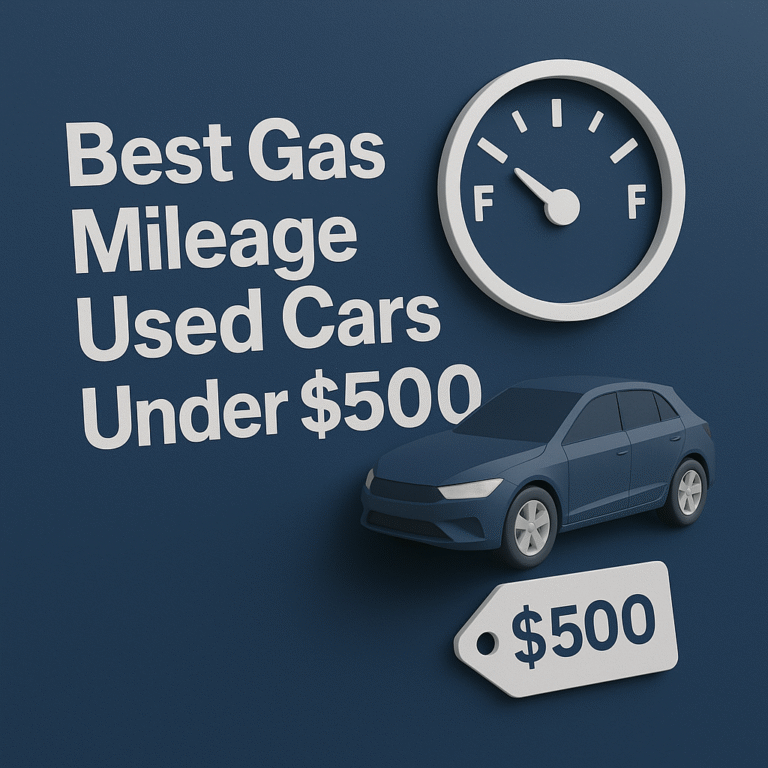Monday - Friday 08:00 - 05:00
GAS MILEAGE CALCULATOR
Result
Total Number of Calculation
How to Use a Gas Mileage Calculator: A Step-by-Step Guide
If you’re looking to get a handle on fuel economy or shave a few bucks off your fuel costs, a gas mileage calculator is your best friend. I’ve relied on one for years to check my car’s fuel efficiency, especially on those long hauls down the highway or when I’m sneaking off for a designer coffee that tacks on unnecessary trips. It’s dead simple to use and keeps me sharp, like when my mpg rating tanks and I decide to hop on public transportation instead. Here’s the rundown on how to use a mpg calculator to figure out your fuel mileage and get a grip on that gasoline expense equation.

Step 1: Pick Your Units
Start by selecting the units that work for you. You’ve got options: US Units (miles and imperial gallons), Metric Units (kilometers and liters), or even custom rating types if you’re feeling fancy. I stick with miles and gallons since my odometer readings are in US format—it just keeps things straightforward.
Step 2: Input Your Current Odometer Reading
Next, grab the current mileage from your vehicle’s odometer. For example, mine recently read 12,360 miles after a weekend drive. Type that number into the gas calculator. This is the starting point for figuring out your fuel consumption.
Step 3: Add Your Previous Odometer Reading
Now, think back to the last time you filled up. Check your records (I jot mine down in a little notebook) and enter that number—like 12,000 miles from my previous fill-up. These odometer readings are key to cracking the fuel economy puzzle.
Step 4: Enter the Gas You Added
How much fuel did you pump into the tank? Input that amount—say, 15 gallons in my case. This tiny part of the process ties directly into the following equation that calculates your mpg illusion or reality. Be precise here; it’s one of the important factors for an accurate result.
Step 5: Include Gas Price for Fuel Costs
Want to know how much that fuel-sucking time on the road is hitting your wallet? Add the price per gallon like $3 from my local gas station. This lets the fuel cost calculator figure out your cost comparison chart, so you’re not just guessing about lifetime cost time.
Step 6: Hit “Calculate”
Click that magic button, and voila! The gas mileage calculator spits out your miles per gallon (MPG).
Using my numbers: (12,360 – 12,000) ÷ 15 = 24 MPG.
That’s my vehicle’s fuel efficiency 24 fuel economies per gallon! If you added the gas price, you’ll also see your fuel cost per mile. It’s like having a route planner for your budget.
Step 7: Reset with “Clear”
Done? Hit “Clear” to wipe the slate clean and start over. I do this every time I test a new fuel economy vehicle or tweak my driving habits like avoiding low tire pressure that drags down my mpg rating. You can also generate print summary of your calculation as record.
Real-Life Example from My Drive
Here’s how it worked for me last month:
- Current Odometer: 12,360 miles
- Previous Odometer: 12,000 miles
- Gas Added: 15 gallons
Plugging those into the following equations, I got: (12,360 – 12,000) ÷ 15 = 24 MPG. That’s a solid average number for my car, and it tells me I’m not bleeding cash on fuel costs. Knowing this helps me plan better—fewer unnecessary trips and more confidence in my vehicle’s percent return on gas.
Why To Use Gas Mileage Calculator?
Tracking your fuel mileage isn’t just about numbers, it’s about owning your driving story. Whether you’re leasing or just curious about calculate fuel economy, this tool delivers. I’ve saved hundreds over the years by spotting patterns (like that one time I avoided a fuel-sucking detour). Try it out, and see how small tweaks can boost your gas mileage results.
Frequently Asked Questions
A gas mileage calculator measures your vehicle’s fuel efficiency, typically shown as miles per gallon (MPG).
Enter the total miles driven and the fuel used. The calculator divides miles by gallons to give your MPG.
Tracking gas mileage helps monitor your vehicle’s performance, manage fuel expenses, and detect potential engine issues.
Anyone who owns or drives a vehicle—commuters, travelers, and businesses—can benefit from using this simple tool.
A good gas mileage depends on the type of vehicle you’re driving, but here’s a general guide:
Compact Cars:
30–40 MPG (miles per gallon) is considered good
Hybrid models can reach 50+ MPG
Sedans / Midsize Cars:
25–35 MPG is solid
Plug-in hybrids often exceed this
SUVs / Crossovers:
20–30 MPG is decent for this class
Smaller turbocharged engines or hybrids do better
Trucks / Pickups:
15–25 MPG is typical
Newer diesel or hybrid trucks may offer higher efficiency
Electric Vehicles (EVs):
Measured in MPGe (Miles Per Gallon Equivalent)
100+ MPGe is common for EVs
Stay Informed


